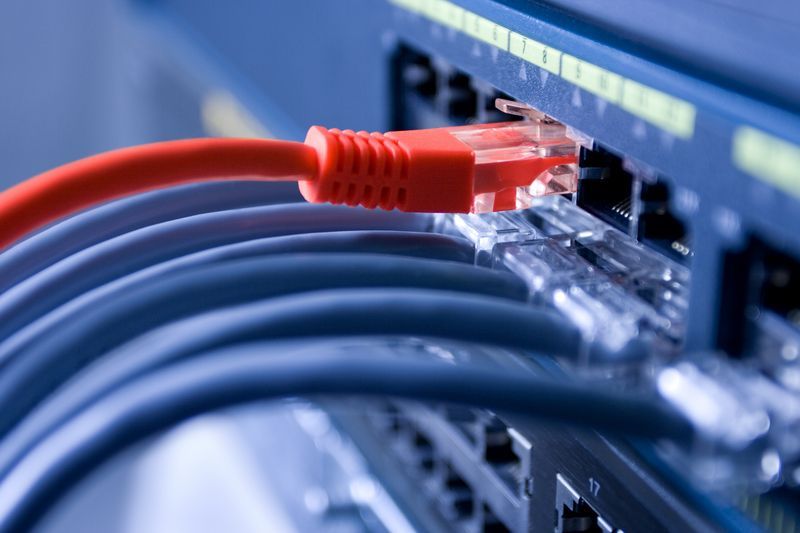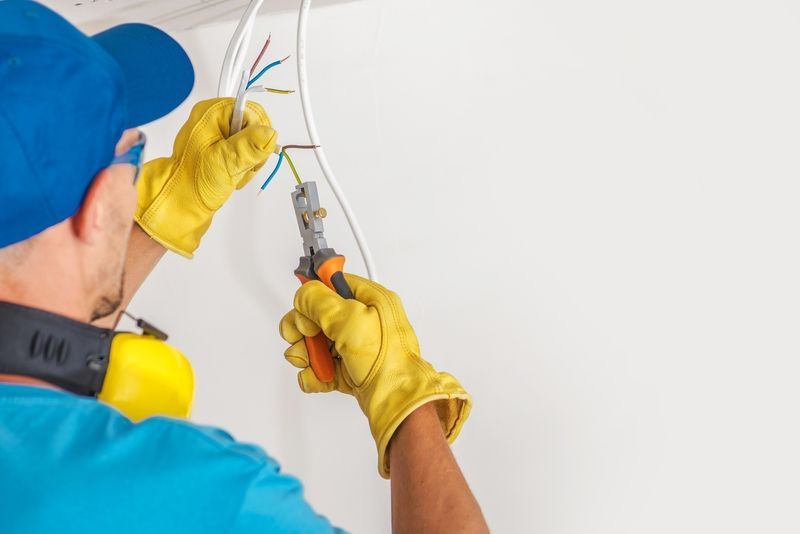For IT managers, the task of selecting the right cabling for an organization's network is a fundamental decision that impacts performance, scalability, and cost. This decision requires a nuanced understanding of numerous factors, including the current network's size, anticipated growth, bandwidth demands, and the specific challenges presented by the environment. With a plethora of cable types and specifications available, a comprehensive analysis is necessary to ensure that the chosen infrastructure meets both immediate needs and long-term objectives. By considering these various elements, IT managers can chart a course for a robust and flexible network that aligns with their organization's goals.
Assessing Network Size and Infrastructure
The size of the network is a primary consideration that influences cable selection. A larger network may require higher-grade cables that can deliver consistent performance over longer distances without signal degradation. IT managers must evaluate the existing infrastructure to determine the extent and layout of the network, potentially requiring a mix of cable types to accommodate different areas or applications.
Predicting Network Growth and Scalability
Predicting the future needs of a network is crucial for selecting cables that can accommodate expansion. With technology and data requirements evolving rapidly, IT managers must forecast the organization's growth and plan for scalability. A cable infrastructure that supports higher speeds and increased capacity ensures the network can adapt to upcoming demands without costly overhauls.
Understanding Bandwidth Requirements
Different operations require distinct bandwidth levels. IT managers must analyze the data transfer needs of their organization, taking into account both current usage and potential new applications that may increase demand. Selecting cables with adequate bandwidth prevents bottlenecks and maintains efficiency, particularly crucial for applications like video conferencing, cloud computing, and data backups.
Considering Environmental Factors and Challenges
The operating environment poses its own set of challenges for cable selection. Factors such as temperature fluctuations, electromagnetic interference, and physical obstacles come into play. Cables must be chosen not only for their technical specifications but also for their ability to withstand these environmental conditions without performance loss.
Cable Types and Their Applications
A variety of cable types are available, each with specific benefits and applications. Copper cables such as Cat5e, Cat6, and Cat6a offer differing levels of performance and are suitable for a range of distances and data rates. Fiber optic cables, while more expensive, provide higher speeds and are less susceptible to interference, making them ideal for connections over long distances or in environments with high electromagnetic interference.
Cost Considerations in Cable Selection
Budget constraints are a reality for many IT departments, making cost an important factor in cable selection. IT managers must balance the need for performance and scalability with the available budget, aiming to get the best return on investment. While higher-grade cables may have a greater upfront cost, they may offer savings in the long term due to their longevity and adaptability.
Compatibility with Existing Network Equipment
The chosen cables must be compatible with existing network equipment, such as switches, routers, and servers. Incompatibility can lead to reduced performance or even necessitate additional expenditures to replace mismatched hardware. A thorough review of current equipment specifications can inform the cable selection process.
Compliance with Industry Standards and Regulations
Adherence to industry standards and regulations is essential when selecting cables. These standards ensure that the cables can deliver the performance they promise and meet safety requirements. Compliance with standards like ANSI/TIA and ISO/IEC helps IT managers ensure that their network's infrastructure is reliable and up to par with global benchmarks.
Installation and Maintenance Requirements
The ease of installation and ongoing maintenance are practical aspects that should influence cable selection. Some cable types may require specialized installation techniques or have more stringent maintenance demands. IT managers must consider their team's capabilities and the level of maintenance they are willing to commit to over the lifespan of the cabling.
Future-Proofing with Advanced Cable Technologies
With the constant advancement of technology, future-proofing is a strategic move for any network's cable infrastructure. While it's not possible to predict every future development, opting for cables that support higher speeds and have the potential to integrate with emerging technologies can safeguard against rapid obsolescence.
The cable selection process is a multifaceted undertaking that demands careful consideration of various factors. IT managers must assess the current and future needs of their network, navigate environmental challenges, and ensure compatibility with existing systems—all while adhering to industry standards and operating within budgetary limits. The right cable infrastructure is a pivotal component of a network's foundation, one that supports the organization's operations and ambitions. By taking a methodical approach to cable selection, IT managers can establish a network poised for resilience, growth, and dynamic technological progress.
Ready to optimize your network with the right cabling solutions? We specialize in providing top-quality cabling systems tailored to meet your unique needs. Whether you're upgrading your current network or building a new one, let us guide you to the perfect solution. Contact us today to learn more about how we can help you achieve seamless connectivity.











Our Licenses
Idaho - Contractor RCE-38750
Public Works PWC-C-10922-AA-4
Washington – Contractor #DATACCS781M7, Telecommunications
Nevada – Contractor 0073841, Class C-2D
California – Contractor 937948, Class C-7